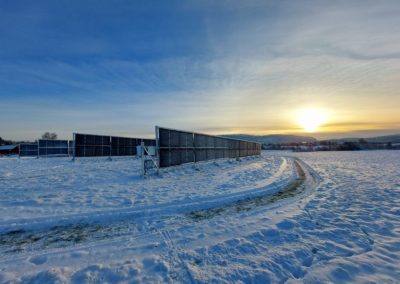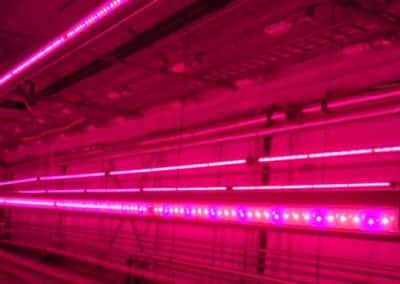When we do crop production, we will lose some nitrous oxide (N2O), methane (CH4) and carbon dioxide (CO2).
- Nitrous oxide is formed in the soil when it is wet and the soil contains a lot of nitrogen.
- Methane is released when manure is stored and to a small extent directly from the soil.
- Carbon dioxide is released by the transformation of organic material in the soil.
Stripe spread
When spreading livestock manure in strips, the manure is placed in strips on the ground. This results in less ammonia loss from the manure. Reduced ammonia loss reduces the need for mineral fertiliser-nitrogen and thus the nitrous oxide emission from mineral fertiliser.
Spreading in the right conditions
It is the nitrogen in manure that is most susceptible to loss. The loss is greatest with surface spreading on meadows, and in hot and dry weather, a lot of nitrogen disappears as ammonia gas. If the fertilizer is spread in humid conditions, the loss is less, and subsequent rains cause faster infiltration into the soil. Spreading on fields and rapid decomposition best preserves the nitrogen in the fertiliser.
Less N fertilizer
With adapted fertilization or precision fertilization, we can use less input factors and perhaps achieve higher yields. Requires some more equipment and thus additional investment. The greatest benefit is if the area is not rectangular and difficult to drive without overlapping.
Do you want to read and learn more
Here are more articles about precision agriculture from the website of the Norwegian Agricultural Advisory Service



